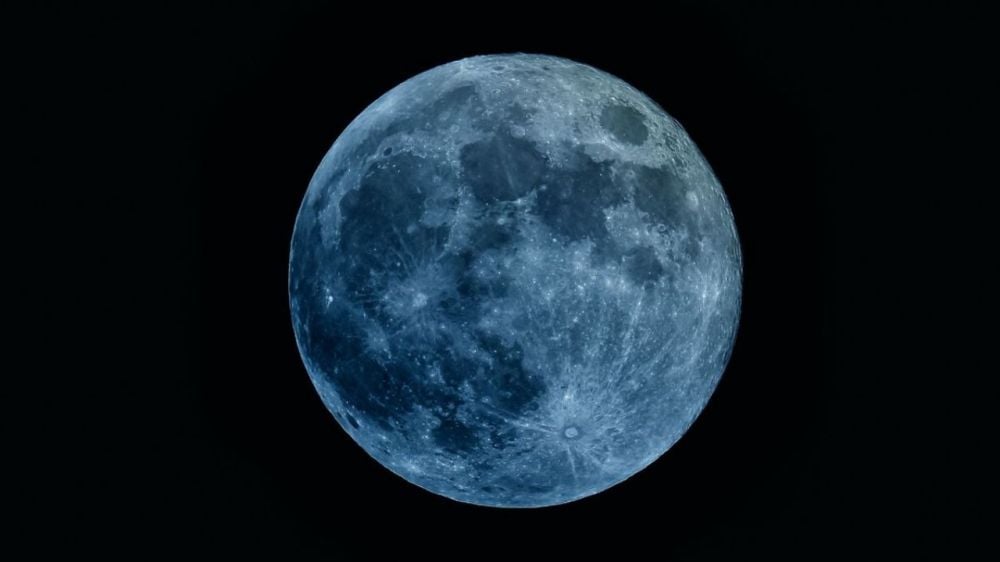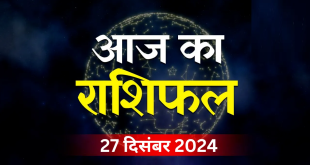
Today is not just Rakshabandhan and Shravan Monday, but today a different view will be seen in the space. There will be 30 percent more moonlight in the sky and the moon will appear 14 percent bigger. This means that a supermoon will be seen in the sky today. This blue supermoon is also called Sturgeon Supermoon.
There are two types of blue supermoons
This supermoon will be at its biggest and brightest at around 11.55am. There are actually two types of blue supermoons. The first is a monthly blue moon. This means the moon appears every other week. The second is a seasonal blue moon, the third of four full moons seen in the season.
This is the third blue moon of this season
The summer solstice was on June 20. So the first full moon was on June 22, then the second on July 21 and now the third full moon will be seen today on August 19. That is, this is the third blue moon of this season. After this, there will be a harvest moon on September 18. Then there will be equinox on September 22.
How can we see this supermoon?
According to NASA, seasonal blue moon occurs once every two to three years. For example, October 2020, August 2021 and now the next seasonal blue moon will appear in May 2027. You can easily see it from your terrace or patio. If you want to see the surface of the moon, then you will have to take the help of a telescope.
Why was it named Sturgeon Moon?
Sturgeon fish are found in the Native American region of Great Lakes these days. Therefore, the full moon rising at this time has been named Sturgeon. In some places it is also called Grain Wild Rice Moon.
What is a supermoon called?
When the moon comes closer to the Earth, its size appears 12 to 14 percent larger. Normally the distance of the moon from the Earth is 406,300 km. But when this distance decreases to 356,700 km, the moon appears bigger. That is why it is called Supermoon. At this time, the moon comes closer to the Earth while revolving in its orbit. Because the moon does not revolve around the Earth in a circular motion. It moves in an elliptical orbit. In such a situation, it is certain that it will come closer to the Earth. Its brightness also increases as it comes closer.
 look news india
look news india
